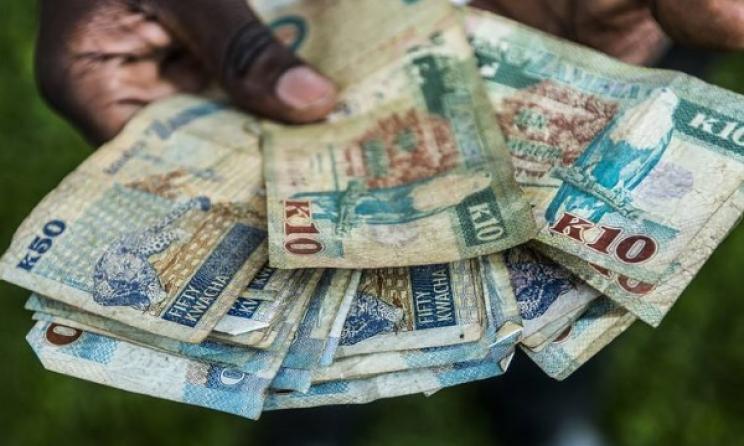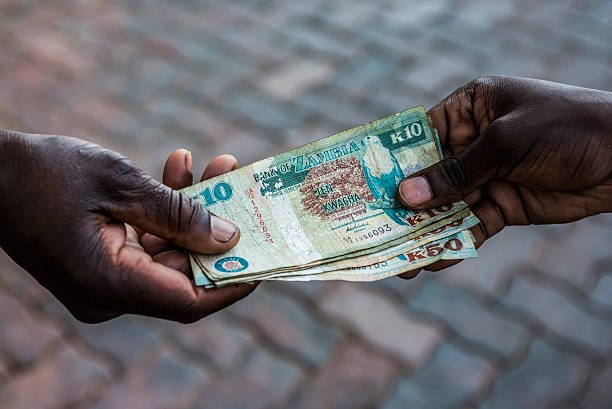• The economy has faced a lot of inflationary pressure as a result of the continued depreciation of the Kwacha.
• Government recognizes the importance of maintaining inflation within sustainable levels.
• Government has removed VAT and excise duty on petroleum products.
Vice President Inonge Wina says the economy has in the recent past faced a lot of inflationary pressure due to the continued depreciation of the Kwacha amidst heightened demand and reduced supply of foreign exchange.
Speaking in Parliament during the Vice President’s question and answer session, Mrs. Wina says demand has mainly been driven by imports of agriculture inputs, under the Farmer Input Support Program (FISP), petroleum products and Covid-19 medical supplies.
“In the recent past, the economy has faced a lot of inflationary pressure, as a result of the continued depreciation of the Kwacha, amidst heightened demand and reduced supply of foreign exchange. Demand has been driven by agriculture inputs under FISP Program, petroleum products, and of late medical supplies, to combat the Covid-19 pandemic. The depreciation of the Kwacha has affected the affordability of imported inputs required in the production of goods and services, and this negatively impacts prices of selected goods and services,” Mrs. Wina said.
She stated that in view of this, government working with Agro-dealers has continued to distribute farming inputs early to deserving farmers to increase food supply and moderate inflation rate to make the cost of living affordable for all.
“To counter inflationary pressure and improve the cost of living, government has removed VAT and excise duty on petroleum products to avoid upward adjustments in fuel pump prices, restricted maize exports to make Mealie meal more affordable for Zambians, and increased social cash transfer payment for vulnerable households as a social protection measure,” she stated.
She was responding to Chilanga Member of Parliament Maria Langa, who wanted to know what government was doing to address the continued increase of commodity prices following the continued depreciation of the Kwacha.
And Mrs. Wina noted that the general price increase of goods and services on average per year since 2011 has been within the target range of between 6 to 8 percent.
“Oil commodity prices especially in the oil manufacturing industry and other commodities are quite a challenge especially during this Covid-19 period. However, I wish to state that government recognizes the importance of maintaining inflation within sustainable levels to make the cost of living affordable for our people.”
“During 2015to 2016, 2017 to 2018, the rate was higher than targeted, mainly due to increased food prices exacerbated by the low agriculture output the country experienced on account of erratic rainfall during these farming seasons.
As at today Friday 16th April 2021, the local unit opened the day trading at K22.1 ngwee and K22.42 ngwee respectively.







